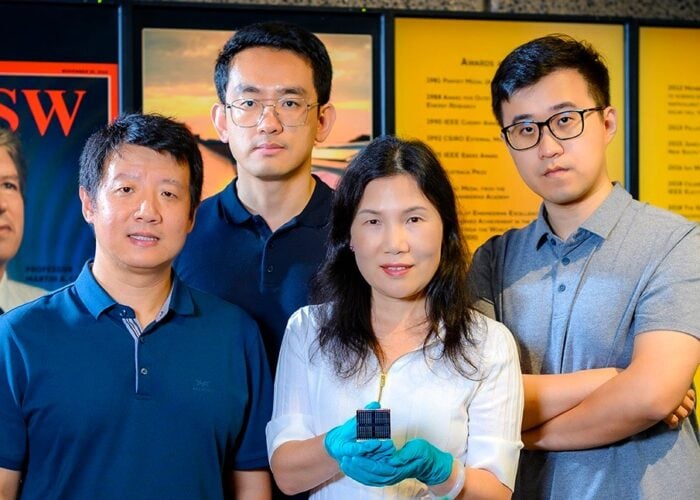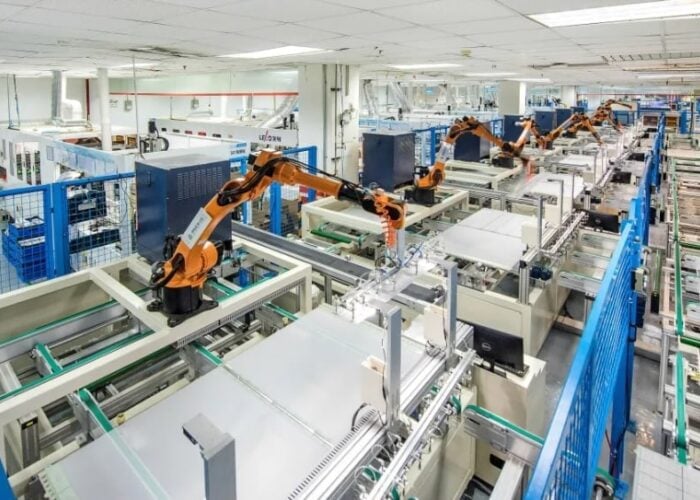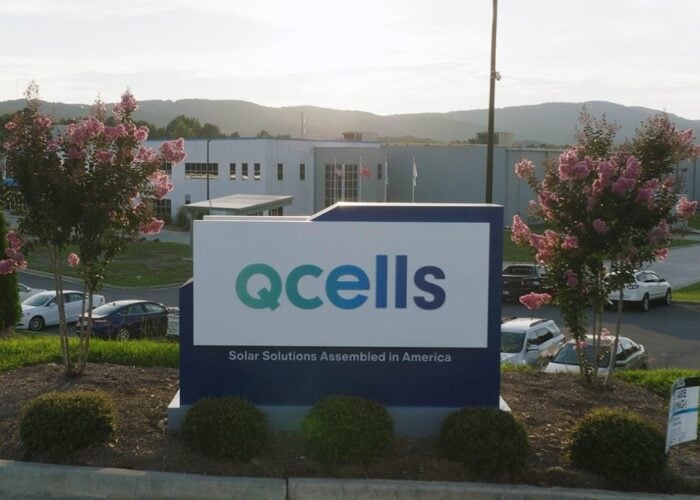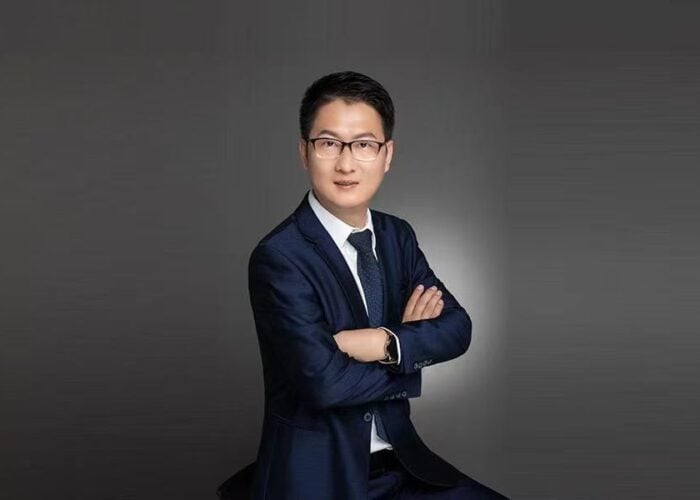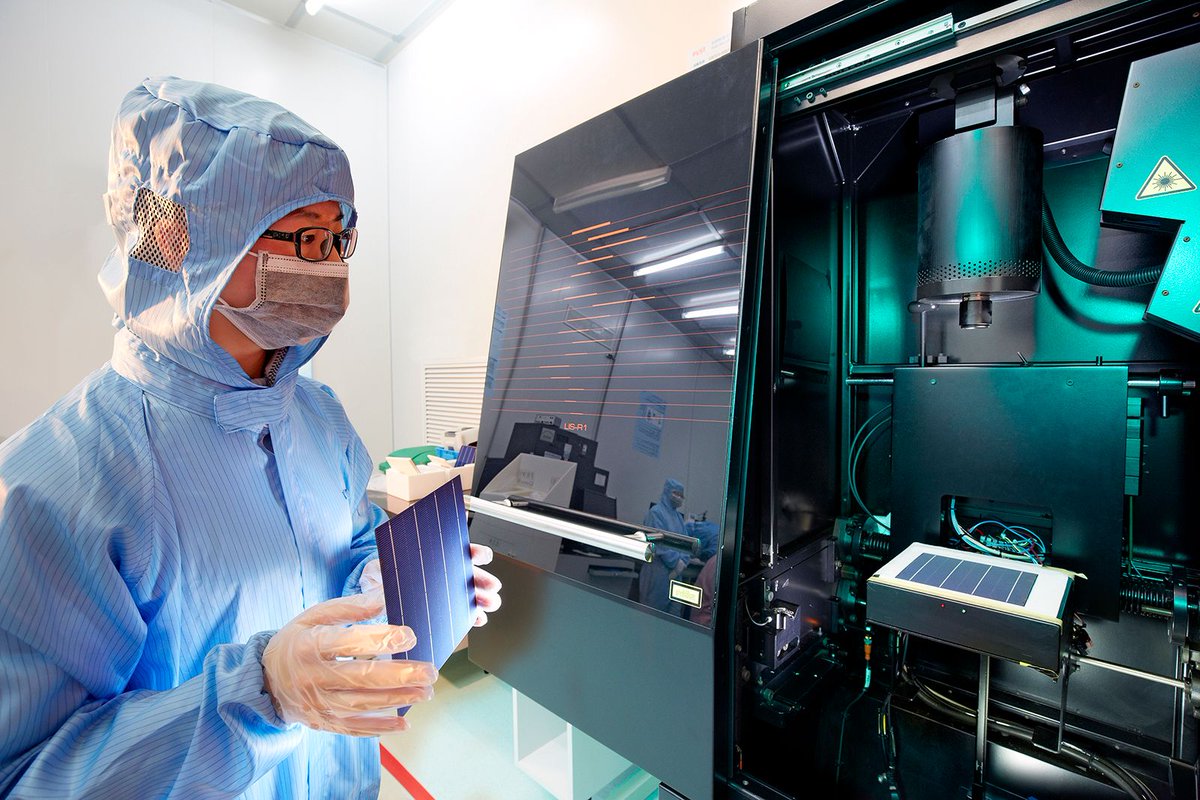
‘Silicon Module Super League’ (SMSL) member Trina Solar has set a new record 25.04% conversion efficiency for an N-type monocrystalline IBC (Interdigitated Back Contact) solar cell at its State Key Laboratory (SKL) of PV Science and Technology (PVST) that was independently certified by Japan Electric Safety and Environmental Technology Laboratory (JET).
Trina Solar noted that the n-type mono IBC cell used a large-area (243.18 cm2) 6 inch N-type monocrystalline silicon wafer, with a low-cost industrial IBC process, featuring conventional tube doping technologies and fully screen-printed metallization.
Unlock unlimited access for 12 whole months of distinctive global analysis
Photovoltaics International is now included.
- Regular insight and analysis of the industry’s biggest developments
- In-depth interviews with the industry’s leading figures
- Unlimited digital access to the PV Tech Power journal catalogue
- Unlimited digital access to the Photovoltaics International journal catalogue
- Access to more than 1,000 technical papers
- Discounts on Solar Media’s portfolio of events, in-person and virtual
Or continue reading this article for free
Trina Solar noted that it was also the first single-junction c-Si solar cell developed in China to attain a conversion efficiency above 25%, and also has been demonstrated to be the highest efficiency c-Si single junction solar cell based on a 6-inch large-area c-Si substrate.
The champion cell was described with the following characteristics: an open-circuit voltage Vocof 715.6 mV, a short-circuit current density Jsc of 42.27 mA/cm2 and a fill factor FF of 82.81%.
Trina Solar’s State Key Laboratory has currently broken 18 world records in PV cell efficiency and module power output.
The SMSL is not in production of the IBC cell technology but is regarded as a key next-generation technology after P-type mono PERC (Passivated Emitter Rear Cell) has pushed cell conversion efficiencies at low cost to above 24% in volume production.

